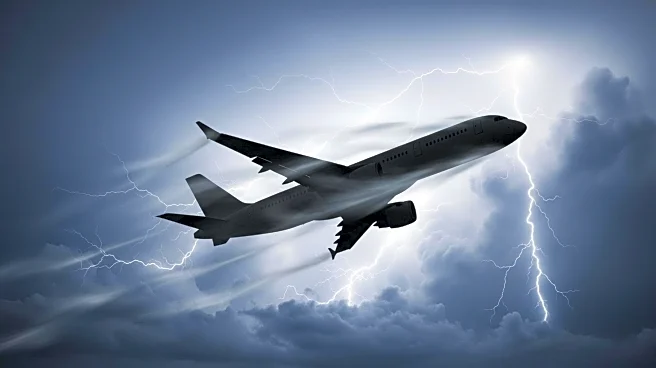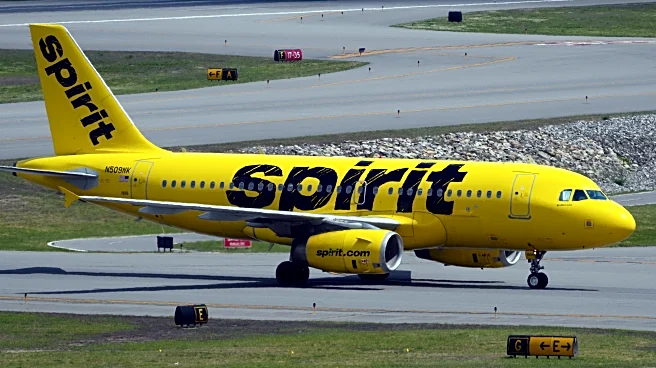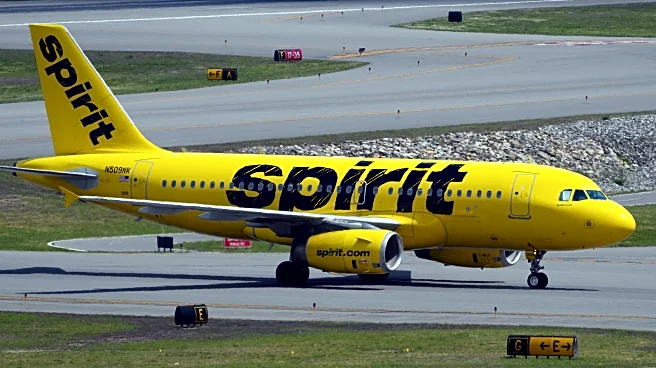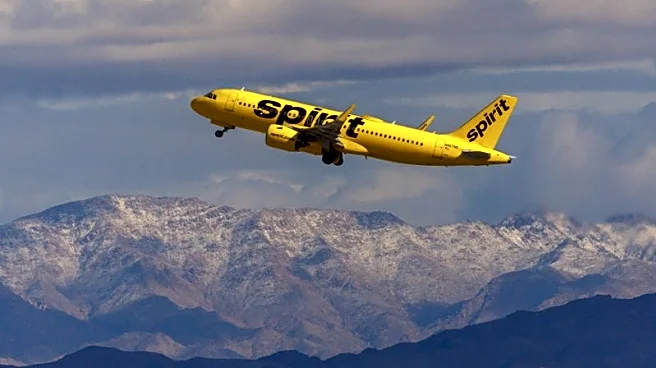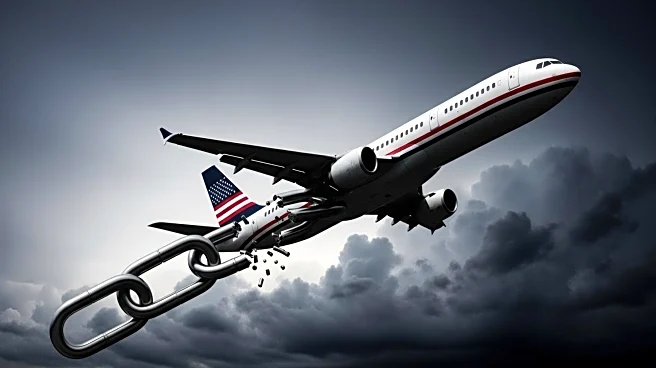What's Happening?
Spirit Airlines has filed for Chapter 11 bankruptcy protection for the second time in a year, following its previous emergence from bankruptcy in March. The airline plans to reduce its network and shrink its fleet to cut costs by hundreds of millions of dollars annually. Spirit's financial difficulties are attributed to high costs and weaker domestic travel demand. The airline's shares have significantly dropped, and it has warned of potential labor cuts.
Why It's Important?
Spirit Airlines' bankruptcy filing underscores the challenges faced by budget carriers in maintaining financial stability amid fluctuating travel demand and economic pressures. The airline's restructuring efforts may impact its workforce and operations, affecting employees and customers. This development highlights the broader struggles within the airline industry as carriers navigate post-pandemic recovery.
What's Next?
Spirit Airlines will focus on implementing cost-cutting measures and restructuring its operations to improve financial stability. The airline's future will depend on its ability to adapt to changing market conditions and secure additional funding. Stakeholders, including labor unions and competitors, will be closely monitoring Spirit's progress.
Beyond the Headlines
The repeated bankruptcy filings raise questions about the sustainability of budget airline models and the need for strategic adjustments in response to economic challenges. The situation may prompt discussions about industry regulations and support mechanisms for struggling carriers.



